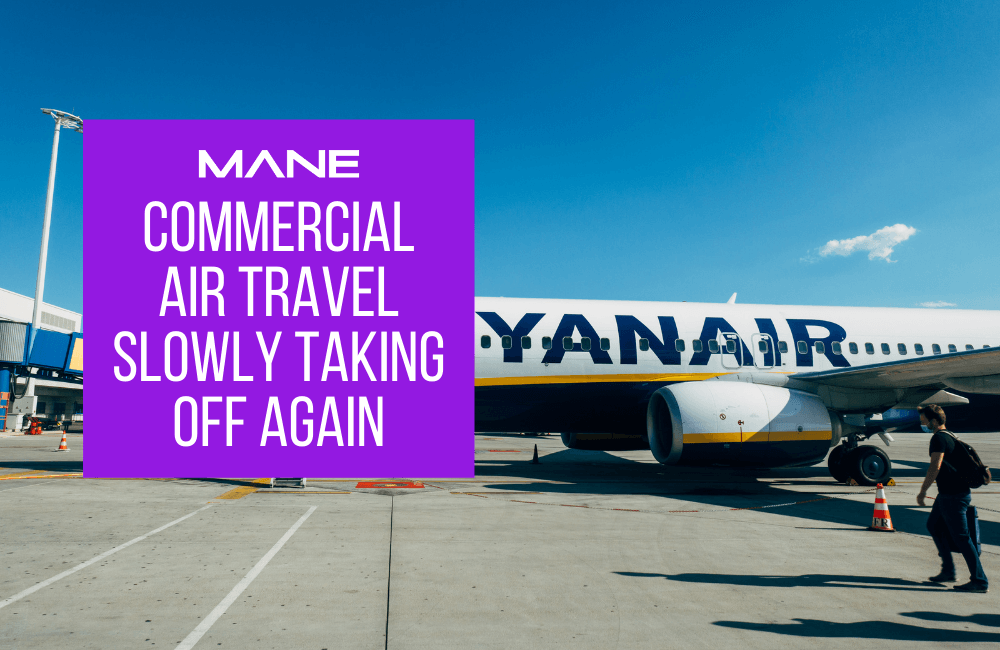Commercial air travel slowly taking off again
27 Apr, 202110 minsThe global aerospace industry is expected to begin to recover this year after the traumas of...

The global aerospace industry is expected to begin to recover this year after the traumas of 2020.
One of the industries worst affected by the pandemic, commercial aerospace has seen a dramatic fall in passenger traffic, which has affected demand for new aircraft. Travel demand is likely to remain about 38% below pre-COVID levels in 2021, not fully rebounding until 2024. Because of this, recovery is likely to be slow.
Pent-up demand as travel restrictions relax could create a short-term rush, but it’s unlikely to offset the continuing damage to business travel, a major earner for the sector that may take 2-3 years to recover.
This lack of demand would impact order books and deliveries for OEMS (original equipment manufacturers). Global commercial aircraft deliveries in 2021 are estimated at just 950 planes, down 41% from 2018, and the order backlog was down 8.7% from 2018 at the end of 2020.
With new orders likely to remain low, and airlines continuing to cancel orders, the backlog could shrink further. And OEM rate reductions will continue to hit aerospace manufacturing supply chains, especially smaller suppliers.
COVID has changed passenger behaviour, with short-haul and domestic flights taking the lead. The length of the average travel trip dropped by about 8.5% in 2020 and is not expected to recover fully until 2025, according to the International Air Transport Association (IATA). And a Deloitte study in January 2021 found 81% of consumers were unlikely to take a domestic flight for leisure purposes, and 89% unlikely to fly internationally, in the next three months. These changes could mean a rise in demand for narrow-body aircraft leads the recovery in the medium term.
This could also mean the aftermarket parts and services markets will be slow to recover, especially with airlines delaying upgrades and discretionary maintenance in order to save money. Because aftermarket parts tend to have higher profit margins, this would hit their profitability particularly hard. However, aftermarket services are likely to fare better, as the number of flights only fell by 42% in 2020, versus about a 61% fall in passenger numbers.
Many essential supply chains broke down because of lower demand and lockdown restrictions, with smaller suppliers hit hardest. As most are very specialised, they’re likely to struggle to make quick production changes in response to ups and downs in demand.
The industry’s focus in 2021 is likely to shift to transforming supply chains into dynamic, resilient supply networks, using strategies like onshoring and vertical integration, as well as increased cyber defences. Suppliers and OEMs should also use the innovations of the moment, automation, data analytics and smart management systems, to further improve supply chains.
Those suppliers who are well capitalised are likely to be looking for opportunities to consolidate as weaker players are forced to sell up or restructure their assets.
Collaborating with regional players, building capabilities and making it possible to shift manufacturing capacity elsewhere when needed, could also help commercial aerospace strengthen supply chains and weather business disruptions.in the coming years.


